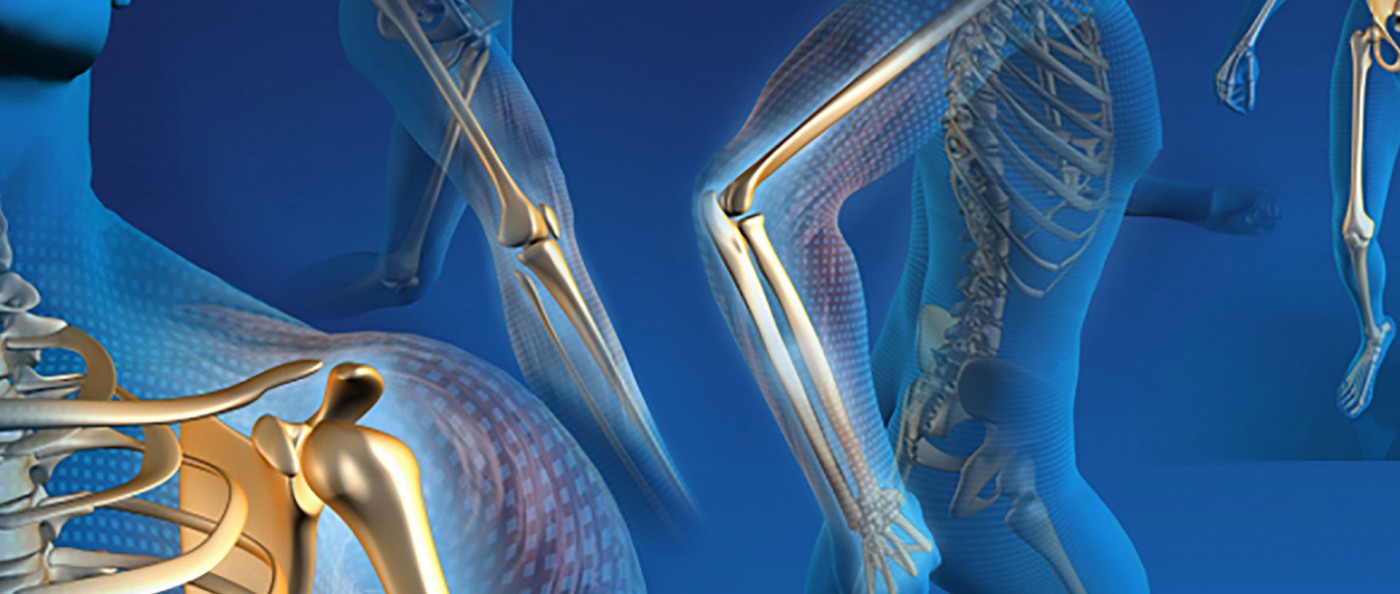Rheumatoid Arthritis Severity Scale To Measure Disease Activity

What Is Rheumatoid Arthritis?
Rheumatoid arthritis is a chronic disease. It is very necessary for you to understand its severity in order to evaluate the Arthritis Treatment In Punjab and what treatment the doctor should consider. It also prevents the progression in the near future.
What Is The Rheumatoid Arthritis Severity Scale (RASS)?
The doctors designed the rheumatoid arthritis severity scale (RASS) to help them determine the disease’s activity. Besides that, it also helps in functional impairment and physical damage that rheumatoid arthritis causes.
There are different assessments that different doctors use to measure disease activity. Apart from RASS, many doctors also use other measurement methods.
Some of the standard measurement techniques include the Clinical Disease Activity Index (CDAI), Disease Activity Score-28 (DAS28), and Routine Assessment of Patient Index Data (RAPID3).
How To Diagnose Rheumatoid Arthritis?
Rheumatoid arthritis causes the lining cells of your joint to become inflamed. This leads to stiffness, swelling, and pain in joints. The inflammation affects the joints and surrounding tissues, such as tendon sheaths.
It can be very difficult for the Orthopaedic surgeon In Punjab to diagnose Rheumatoid arthritis. The reason behind this is that fatigue and joint pain are not only associated with rheumatoid arthritis but other health conditions too, which makes it harder to pinpoint it.
Some of the techniques that the doctor rely on to diagnose rheumatoid arthritis are:
- Medical history
- Physical examination
- X-rays of hands and feet
- Blood tests
In order to diagnose rheumatoid arthritis, it is necessary for you to visit a specialist and treat the problem with the proper guidance. Anyone who has persistent joint swelling and pain must get a referral to rheumatoid arthritis.
How To Monitor Disease Activity?
After the doctor diagnoses rheumatoid arthritis, the professional must track and monitor the progression and level of rheumatoid arthritis.
Before the introduction of RASS, the doctor combined the physical examination and the factors the person reports with Rheumatoid arthritis, including inflammatory blood markers and pain level, to evaluate the severity of Rheumatoid arthritis.
Another measurement technique is Health Assessment Questionnaire (HAQ). In this technique, the patient rates the level of pain by themselves.
However, as each person has a different threshold of pain, the assessment model can be very inaccurate.
Over the course of time, the experts are trying to develop different types of techniques to track rheumatoid arthritis and its progression.
There are effective methods for doctors to assess rheumatoid arthritis and its severity as they have the current understanding of rheumatoid arthritis and inflammation.
What Are The Different Types Of Rheumatoid Arthritis?
There are different types of rheumatoid arthritis, and it is highly essential for you to learn what kind of rheumatoid arthritis you are suffering from to assess the disease activity.
The three types of rheumatoid arthritis include:
- Seropositive RA: In this kind of rheumatoid arthritis, you test positive for antibodies, cyclic citrullinated peptide (CCP), and rheumatoid factor (RF).
- Seronegative RA: In this kind of RA, the patient tests negative for rheumatoid arthritis (RF) and cyclic citrullinated peptide (CCP).
- Juvenile RA: people also refer to juvenile RA as juvenile idiopathic arthritis, this type of RA affects children who are below 16.
Related Post
Top non-surgical approaches for chronic back pain
By: Hunjan_Hospital
April 20, 2024
रोज रोज की पीठ दर्द का मूल कारण क्या है ?
By: Hunjan_Hospital
April 15, 2024
Which judgemental criteria will help you to find the right orthopaedic doctor?
By: Hunjan_Hospital
April 12, 2024






